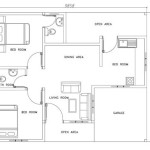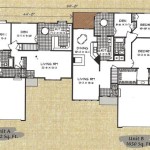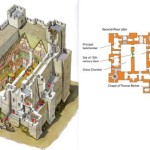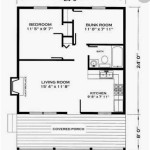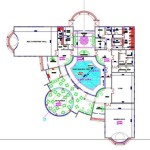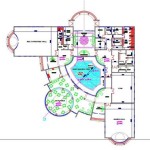Floor Plans For Tiny Houses: Optimizing Space and Functionality
Tiny houses have gained immense popularity due to their eco-friendly nature, cost-effectiveness, and the unique lifestyle they offer. Designing a floor plan for a tiny house is crucial as it determines the functionality, comfort, and overall livability of the space. ### Key Considerations for Tiny House Floor Plans: 1.Space Optimization:
Every square foot in a tiny house counts. A well-thought-out floor plan maximizes available space, creating a sense of openness and flow. Clever use of built-in furniture, foldable elements, and vertical storage solutions is essential. 2.Functionality:
The floor plan should cater to all daily activities, including cooking, dining, sleeping, and storage. Multifunctional spaces that serve multiple purposes are key. For instance, a convertible sofa bed or a dining table that doubles as a workspace. 3.Flow and Circulation:
The layout should ensure smooth movement throughout the tiny house. Avoid creating bottlenecks or cramped spaces. Wide pathways and well-placed furniture allow for easy access to different areas. 4.Privacy:
Privacy is often a concern in small spaces. Creative design solutions, such as loft bedrooms, sliding partitions, and cleverly placed storage areas, can create private nooks without sacrificing openness. 5.Natural Light:
Tiny houses often have limited windows, making natural light crucial for creating a bright and airy atmosphere. Large windows and skylights can bring in ample natural light, reducing the need for artificial lighting. 6.Energy Efficiency:
Tiny houses are often designed to be energy-efficient, minimizing utility bills and environmental impact. The floor plan should consider passive solar design principles, proper insulation, and energy-efficient appliances. ### Popular Floor Plan Layouts for Tiny Houses: 1.Open-Concept Layout:
This layout combines living, dining, and kitchen areas into one open space, creating a sense of spaciousness. It's ideal for socializing and entertaining guests. 2.Galley Kitchen:
A narrow, efficient kitchen layout that maximizes counter space and storage. It's often placed along one wall, leaving more room for other activities. 3.Loft Bedroom:
A loft bedroom is a raised sleeping area, usually accessed by a ladder or stairs. It frees up valuable floor space below for other uses like a living room or home office. 4.Murphy Bed:
A Murphy bed, also known as a wall bed, folds up against the wall when not in use. This space-saving solution allows for a dedicated sleeping area without sacrificing daytime living space. 5.Multifunctional Spaces:
Tiny houses often incorporate multipurpose spaces that serve multiple functions. For example, a living room couch that converts into a dining table or a kitchen island that doubles as a breakfast bar. 6.Outdoor Living:
If space permits, creating an outdoor living area can extend the living space and provide a connection to nature. This could include a small deck, patio, or balcony. ### Conclusion: Designing a floor plan for a tiny house is a challenging yet rewarding task. By carefully considering space optimization, functionality, flow, privacy, natural light, and energy efficiency, you can create a comfortable and livable space that fulfills your unique needs and lifestyle aspirations. Whether you're a minimalist seeking a simplified life or an adventurer embracing the freedom of downsizing, a thoughtfully designed floor plan will make your tiny house an oasis of comfort, functionality, and style.
Tiny House Floor Plans With Lower Level Beds Tinyhousedesign Design

Tiny House Floor Plans Design Your

Tiny House Plan Examples

12x24 Tiny House Plans Floor Layout Shed

Tiny House Floor Plans 32 Home On Wheels Design

Tiny House Floor Plans Absolute Houses

10 X 20 Tiny Home Designs Floorplans Costs And Inspiration The Life

2 Bedroom Tiny House Plans Blog Eplans Com

The Athrú Tiny House Humble Homes

Tiny House Design Floor Plans

